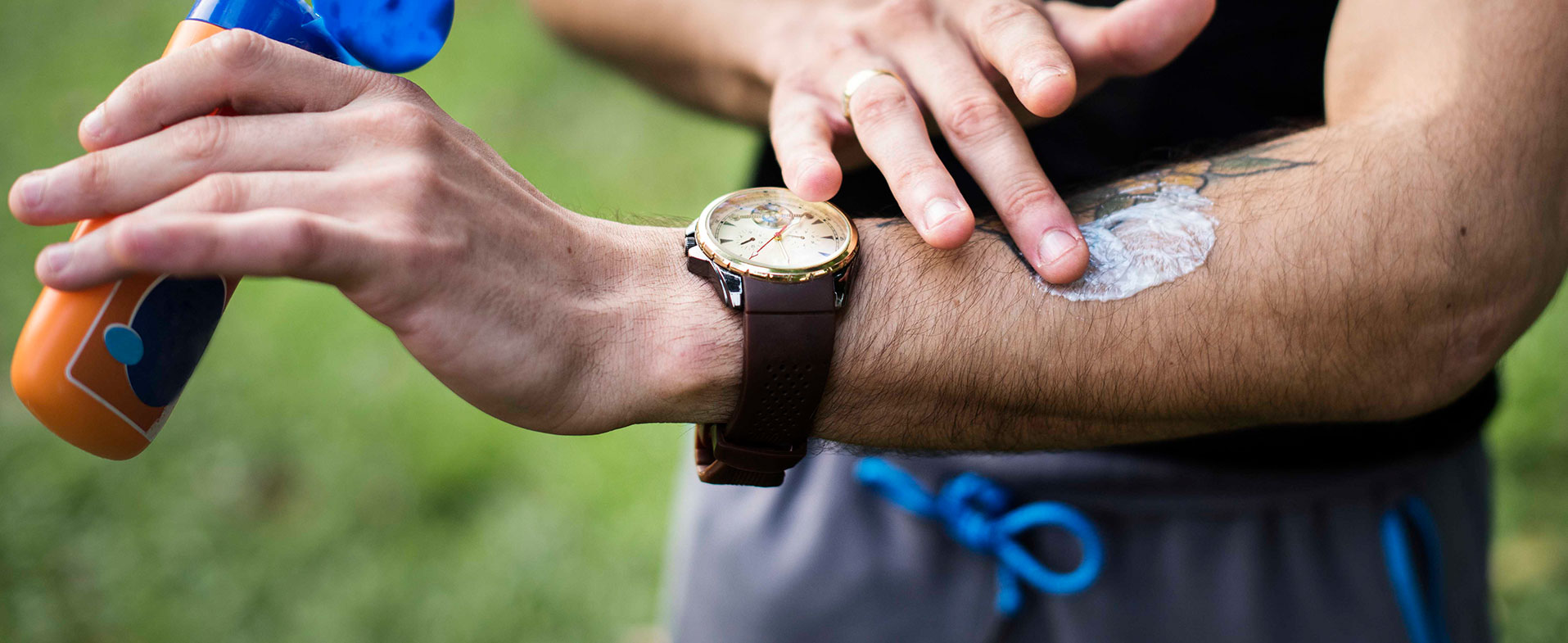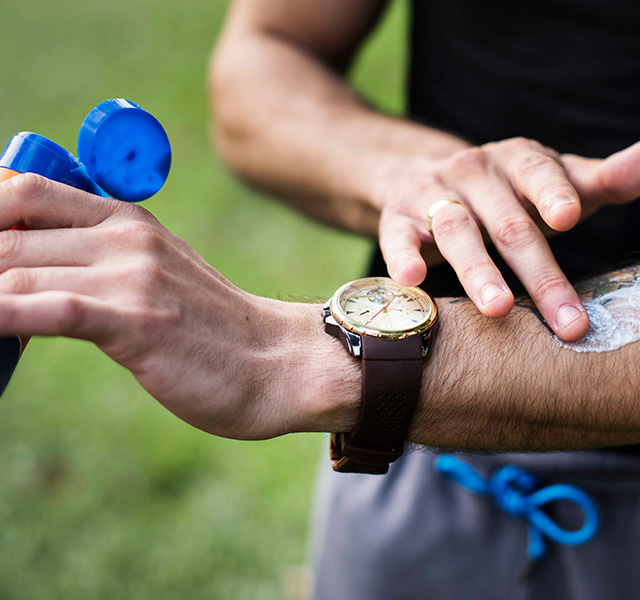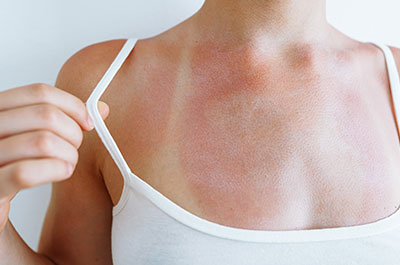The message finally seems to be spreading that overexposure to the sun is not good for our skin. Not only is it the leading cause of skin cancer, but it also causes premature skin aging, wrinkles, discoloration and roughened skin texture. So, while most peopple understand that sunscreen use is a must, why is it that you're still getting burned?
According to Henry Ford family medicine specialist Emilyn Anderi, M.D., “Most people use less than half the effective amount of sunscreen, do not reapply it often enough or use expired products. Even those who do it right may only think of using sunscreen in the summer, and only when the sun is shining brightly.”
Best Practices For Sunscreen Use
The truth is - our skin is exposed to the sun's harmful rays every time we go outdoors and while we are riding or driving in a car - regardless of the time of year. Sunscreen is necessary all year around, even on cold or overcast days.
“Applying a sunscreen every morning is a good daily practice,” says Dr. Anderi. "But in some cases, that isn't enough protection." Here, she offers the below tips for proper sunscreen use to maintain healthy, younger-looking skin.

Family Medicine At Henry Ford
- Think 30 or higher. Check the label on your sunscreen. A good choice has an SPF of at least 30, provides broad-spectrum coverage, is water resistant and hasn’t expired. SPF 30 will block about 97% of the sun’s UVB rays.
- Don’t be stingy. Most people don't use nearly enough sunscreen and therefore don't get the recommended protection, resulting in skin damage. To safely cover your face and body, you will need at least one ounce (two tablespoons) of sunscreen, enough to fill a shot glass or the palm of your hand. For the face alone, use a quarter teaspoon of sunscreen.
- Know which type to use. Sunscreen products are generally categorized into two different types of products: mineral or chemical. Mineral sunscreens act as a physical barrier on the skin and are effective immediately. Chemical sunscreens need time to absorb into the skin before they can provide protection. If using a chemical sunscreen, apply at least 15 minutes before you go into the sun.
- Apply directly. Sunscreen should be the first layer applied to your face, followed by moisturizer and then makeup. There are newer formulations of sunscreen that feel great on the skin and even act as a primer for your makeup. For re-application throughout the day, after applying your makeup, consider a loose-powder mineral sunscreen that can be put seamlessly on top of makeup.
- Cover your bases. Apply sunscreen to all of your bare skin, including your face, neck, ears, hands, back, back of the legs and the top of your feet. If your hair is very short or thin, apply to your scalp, or wear a hat. And don’t forget lip balm with an SPF. It is best to put sunscreen on the whole body before getting dressed (as you would lotion) so you don’t miss any spots!
- Start all over. Reapply sunscreen every two hours, or more often if you are sweating, and after every swim.
People who burn despite using sunscreen are most likely missing one of the above factors. You can further protect your skin by avoiding exposure between the hours of 10 a.m. and 4 p.m. (or whenever your shadow is shorter than you are), taking advantage of the shade and wearing UV-protective clothing with an ultraviolet protection factor (UPF) rating of 25 or higher and a wide-brimmed hat.
“Some think that a tan looks healthy, but tanned skin is actually damaged skin,” Dr. Anderi warns. “If you can’t give up the golden glow, stick to sunless tanners.”
If you become sunburned over a large area of your body and blisters, fever, chills, pain or nausea result, seek medical treatment.
Reviewed by Dr. Emilyn Anderi, a family medicine specialist who sees patients at Henry Ford Medical Center - Harbortown.



